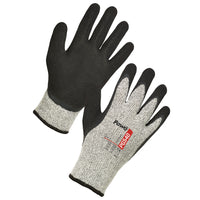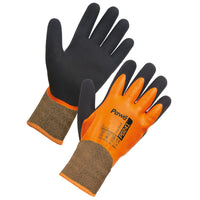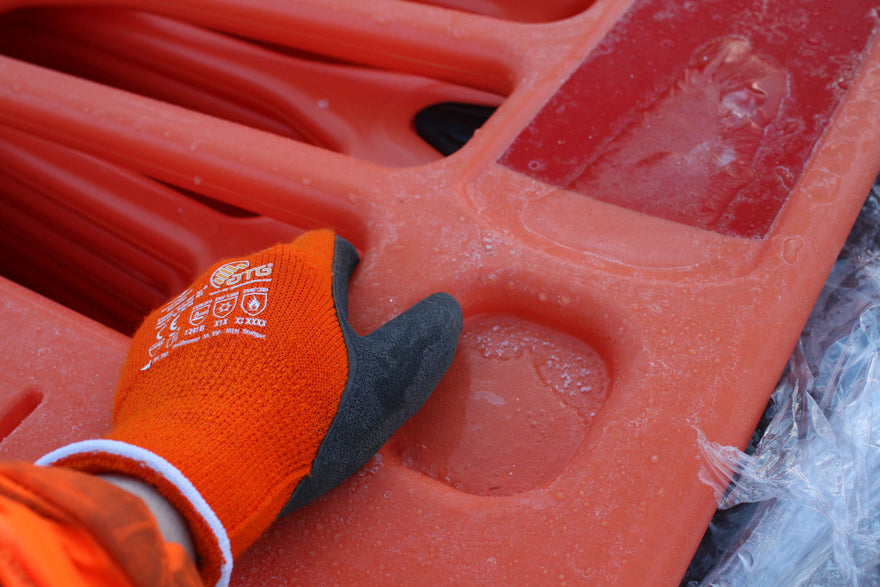What Makes a Good Thermal Work Glove?
Grip
Always consider a thermal resistant glove's grip when evaluating its suitability for the task at hand. Better grip reduces the risk of mistakes, accidents and burns.
Breathability
While clammy hands won't affect a glove's protective ratings, they can shorten the amount of time a worker is willing to wear them. If workers remove their chemical-proof gloves to let their hands breathe, this may increase the risk of exposure to chemicals/hazardous substances.
Dexterity
Just like grip, maintaining high dexterity in your gloves reduces the risk of accidents by allowing better hand movement and interaction with your environment.
Thermal Protection
When selecting your gloves, consider the level and type of thermal protection needed. In heat protection, consider the level of resistance needed to flames, contact heat, convective heat, radiant heat, contact with molten metal. For cold resistance consider resistance to convective cold, contact cold and permeability to water.
Certifications
EN 407 rates thermal gloves on resistance to flames, contact heat, convective heat, radiant heat, and molten metal splashes. EN 511 rates cold resistance for convective cold, contact cold, and water permeability. Choose gloves that best meet your work environment's needs.
Materials
Consider any potential allergies or sensitivities you may have to common glove materials. For individuals with latex allergies for example, non-latex alternatives like nitrile anti-cut gloves should be chosen.






